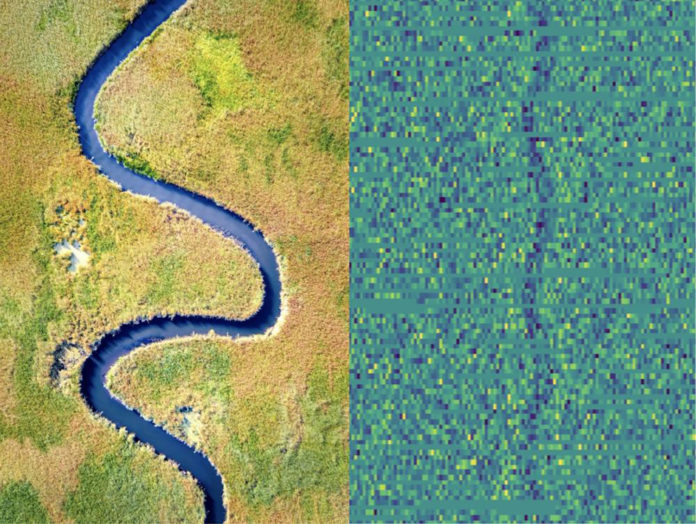The transit method is widely used to discover exoplanets. A transit occurs when a planet passes between a star and its observer.
Transit Photometry is a method that measures the light curve of distant stars for periodic dips in brightness, which results from exoplanets passing in front of the star (i.e., transiting) relative to the observer.
However, theory predicts that interactions between planets alter this periodicity in many planetary systems and make their detection impossible.
Considering this, a team of astronomers from the University of Geneva (UNIGE), the University of Bern (UniBE), and the NCCR PlanetS, Switzerland, in collaboration with the company Disaitek, used AI techniques to detect exoplanets. They taught a machine to predict the effect of interactions between planets, making it possible to discover exoplanets that were impossible to detect until now.
Adrien Leleu, a researcher in the Department of Astronomy at the UNIGE Faculty of Science and the NCCR PlanetS, said, “We thought of using artificial intelligence applied to image recognition. It is indeed possible to teach a machine, using many examples, to take into account all the parameters and predict the effect of interactions between planets in a pictorial representation of the induced effect. We did this by joining forces with Disaitek through the NCCR’s Technology & Innovation Platform.”
Anthony Graveline, president of Disaitek, said, “The type of AI used in this project is a neural network whose aim is to determine, for each pixel in an image, the object it represents. Used in the context of an autonomous vehicle, this algorithm makes it possible to identify the road, the pavement, the signs, and the pedestrians perceived by the camera. In the context of exoplanet detection, the aim is to determine whether the eclipse of a planet is observed for each measurement of the star’s luminosity. The neural network makes its decision by cross-referencing all available observations of that star with the range of configurations seen during its training.”
Adrien Leleu said, “From the first implementations of the method, we discovered two exoplanets – Kepler-1705b and Kepler-1705c – that had been completely missed by previous techniques. The planetary systems thus discovered are a gold mine for our knowledge of exoplanets, particularly terrestrial-type planets, which are generally difficult to characterize. The method developed not only makes it possible to estimate the radius of planets, but also provides information on their mass, and therefore on their density and composition.”
Yann Alibert, Professor at the University of Bern and Scientific Officer of the NCCR PlanetS, said, “The use of AI, in particular of ‘deep learning’ as in this paper, is becoming increasingly widespread in astrophysics, whether to process observational data, as we did here or to analyze the results of gigantic numerical simulations producing terabytes of data. What we have developed in this study is a new example of the fantastic contribution that these techniques can make to our field, and probably to all fields of research.”
Grégory Châtel, R&D manager at Disaitek, said, “While this technique is proving effective for astronomical observation, it can be just as useful for observing the Earth and its environment. In developing this technology, we quickly realized its potential for application to other problems for which a small amount of data is available.”
Using very high-resolution satellite images, the team is now using this AI to deal with environmental problems, particularly the detection of illegal dumping.
Journal Reference:
- A. Leleu, G. Chatel et al. Alleviating the transit timing variation bias in transit surveys. I. RIVERS: Method and detection of a pair of resonant super-Earths around Kepler-1705. DOI: 10.1051/0004-6361/202141471
